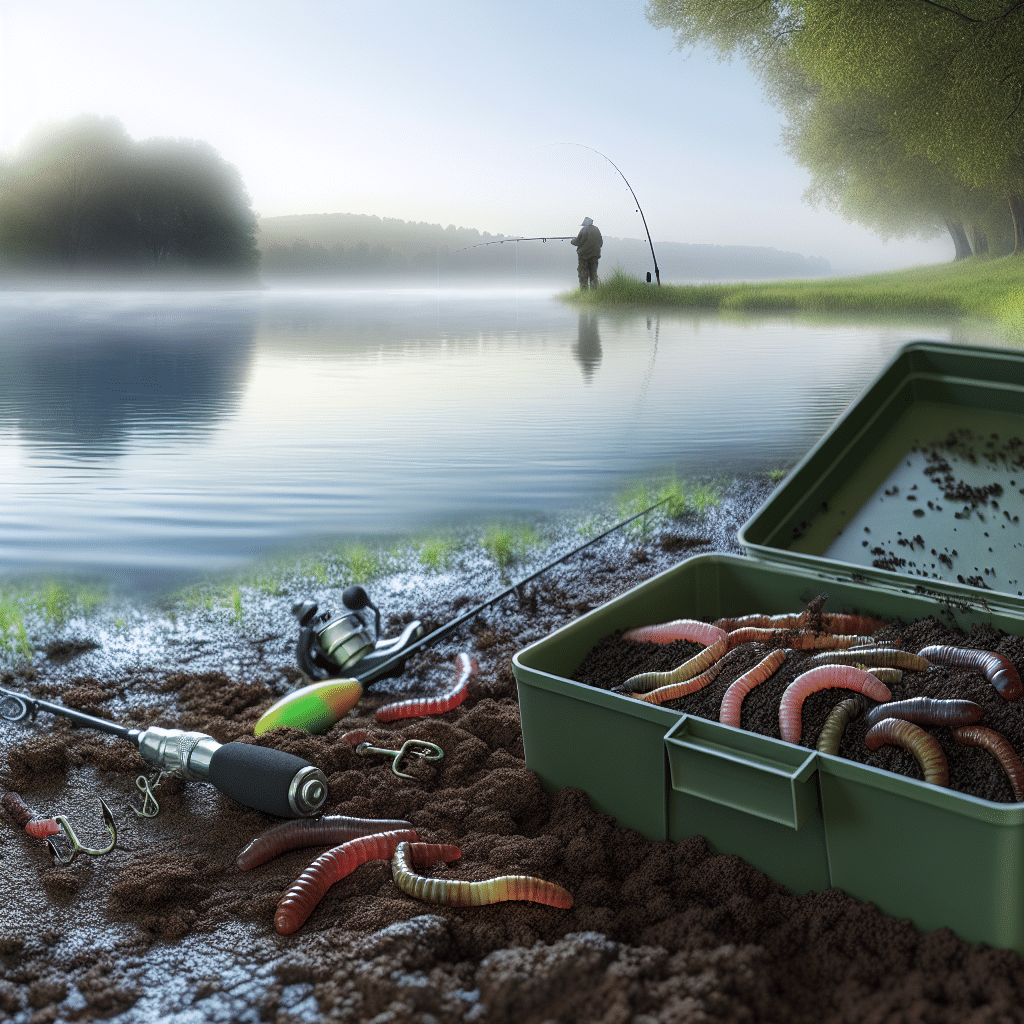Introduction

For many fishing enthusiasts, the thrill of angling lies not just in the act of catching fish, but in the intricate preparation that goes into it. Among the numerous baits available, angling worms hold a venerable position. But why are these slimy creatures so crucial to fishing, and how can you make the most out of them? This article dives deep into everything you need to know about angling worms, providing insights and tips that could help you reel in your next big catch.
What Makes Angling Worms So Effective?
Nature’s Perfect Bait
One of the primary reasons angling worms are so effective is their natural appeal to a wide variety of fish. Whether it’s freshwater or saltwater species, many fish are hardwired to go after worms. The movement and scent of live worms trigger the predatory instincts in fish, making them almost irresistible.
Availability and Cost
Another advantage of using angling worms is their availability and cost. Worms can be easily sourced from bait shops, online stores, or even your own backyard. This makes them an economical choice compared to other types of bait like artificial lures or exotic live baits. With a minimal investment, you can acquire a substantial amount of worms to last multiple fishing trips.
Types of Angling Worms
Nightcrawlers
Nightcrawlers are perhaps the most well-known type of angling worm. They are large and wriggly, making them an excellent choice for catching bigger fish like bass and catfish. Their size and movement make them visible even in murky waters, increasing your chances of a successful catch.
Red Wigglers
Red wigglers are smaller than nightcrawlers but are equally effective. They are particularly useful for catching smaller fish like trout and perch. Their vibrant color and energetic wriggling make them attractive to various fish species.
Mealworms
While not technically worms, mealworms are another popular bait option. Their tough exoskeleton makes them durable on the hook, and they can last longer underwater. This makes them ideal for fishing in fast-moving waters where other worms might get dislodged easily.
Preparing and Storing Angling Worms: How to Do It Right?
Proper Storage
To keep your angling worms fresh and lively, store them in a cool, dark place. A refrigerator or a specialized bait cooler works best. Moisture is crucial; therefore, keeping them in a bedding of damp soil or peat moss will help maintain their vitality.
Hooking the Worm
The key to effective fishing with angling worms lies in how you hook them. Thread the worm onto the hook multiple times to ensure it stays in place. For larger worms like nightcrawlers, you may want to cut them into smaller sections to make them more manageable and appealing to fish.
Conclusion
Angling worms are a versatile, cost-effective, and highly effective bait choice for both amateur and seasoned anglers. Their natural appeal to fish, combined with their ease of availability and affordability, makes them a staple in the world of fishing. By understanding the types of angling worms and mastering their preparation and storage, you can significantly improve your chances of a successful fishing expedition. Happy fishing!



